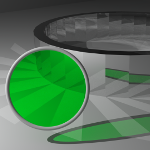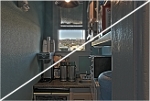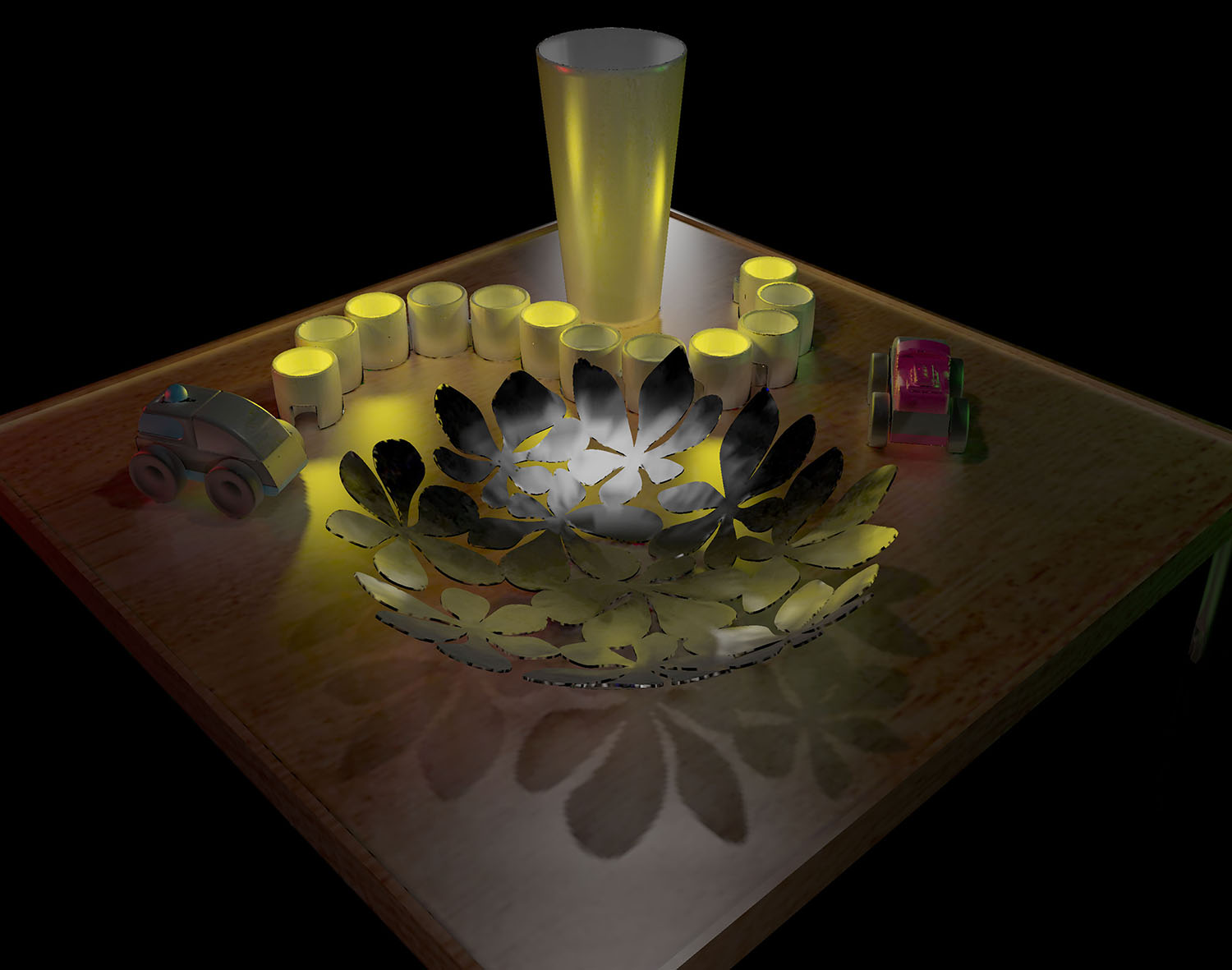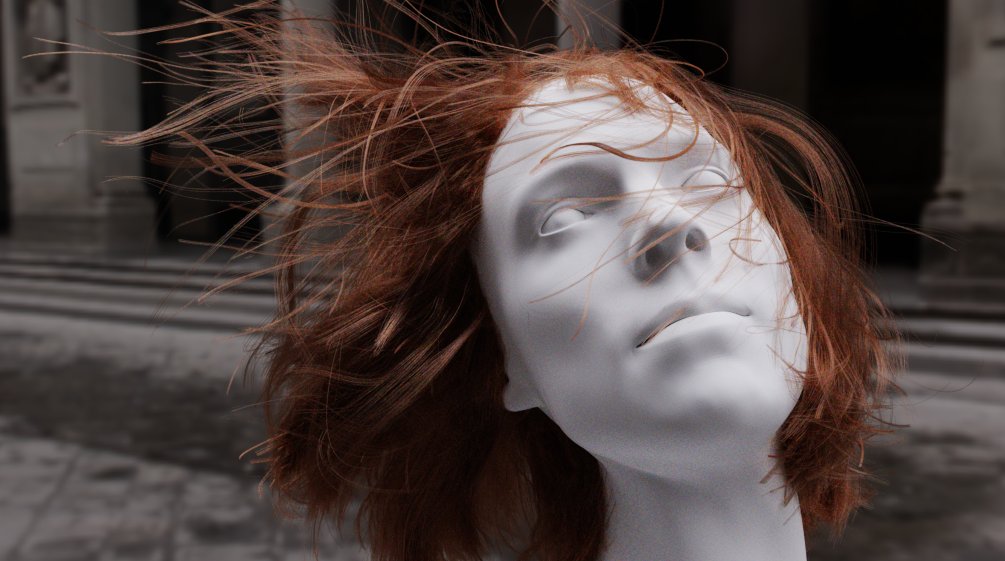
Improving Robustness of Monte-Carlo Global Illumination with Directional Regularization
Directional Regularization offers great potential to improve the convergence rates of Monte-Carlo-based global illumination algorithms. In this paper, we show how it can be applied successfully by combining unbiased bidirectional strategies, photon mapping, and biased directional regularization.
Guillaume Bouchard, Université de Lyon
Jean-Claude Iehl, Université de Lyon
Victor Ostromoukhov, Université de Lyon
Pierre Poulin, Université de Montréal

Style-Based Tone Mapping for HDR Images
We develop a novel Tone Mapping (TM) Operator for High Dynamic Range (HDR) images that can learn various TM styles from a small set of calibration images and apply them to consistently tone map any new HDR image with respect to those styles.
Ahmet Akyuz, Middle East Technical University
Kerem Hadimli, Middle East Technical University
Merve Aydinlilar, Middle East Technical University
Christian Bloch, Eden FX

Learning Based Compression of Surface Light Fields for Real-time Rendering of Global Illumination Scenes
A Surface Light Field (SLF) encodes the visual appearance of objects in global illumination scenes of arbitrary complexity. A key problem is their large memory footprint. We introduce a learning based compression method, Clustered Exemplar Orthogonal Bases (CEOB), enabling real-time rendering of scenes with complex materials and light sources.
Ehsan Miandji, Linkoping University
Joel Kronander, Linkoping University
Jonas Unger, Linkoping University

Importance Sampling for Physically-Based Hair Fiber Models
We present a strategy for importance-sampling today's most advanced parametric hair reflectance models, allowing their inclusion in Monte Carlo physically-based rendering algorithms. Our approach is easy to implement and requires no precomputation.
Eugene Deon, Weta Digital
Johannes Hanika, Weta Digital
Steve Marschner, Cornell University






